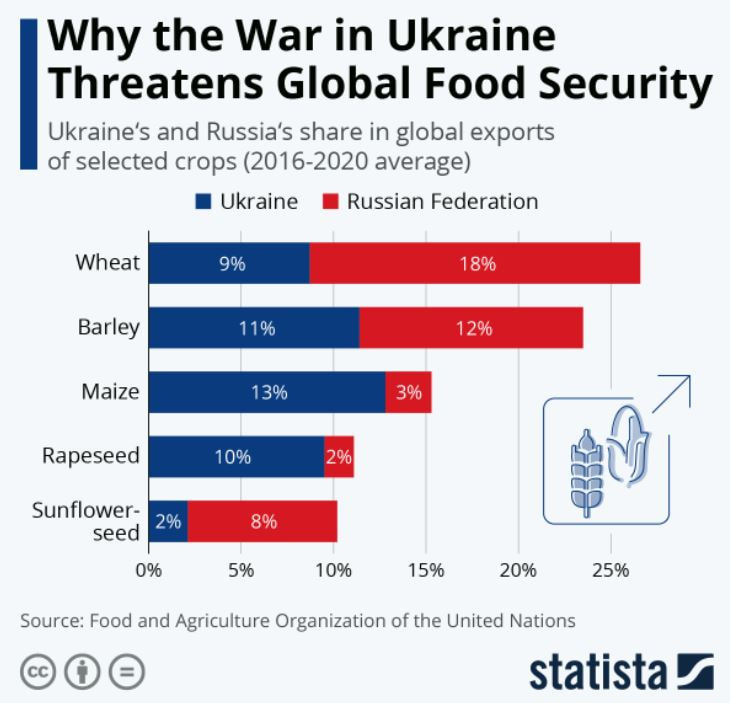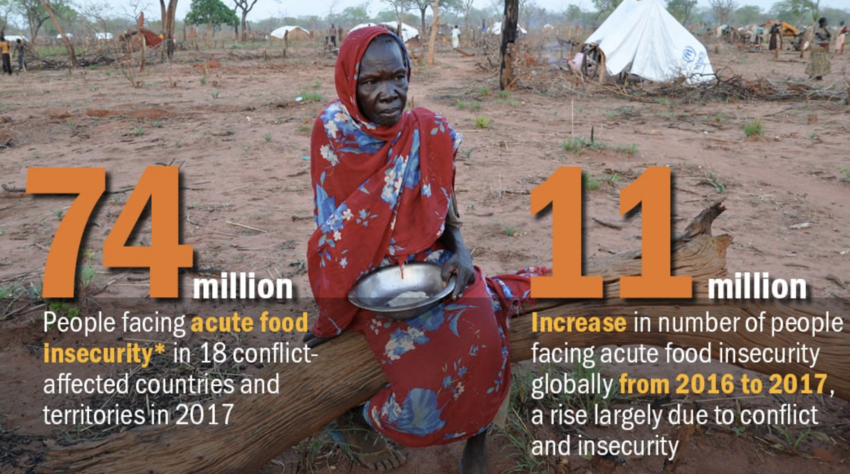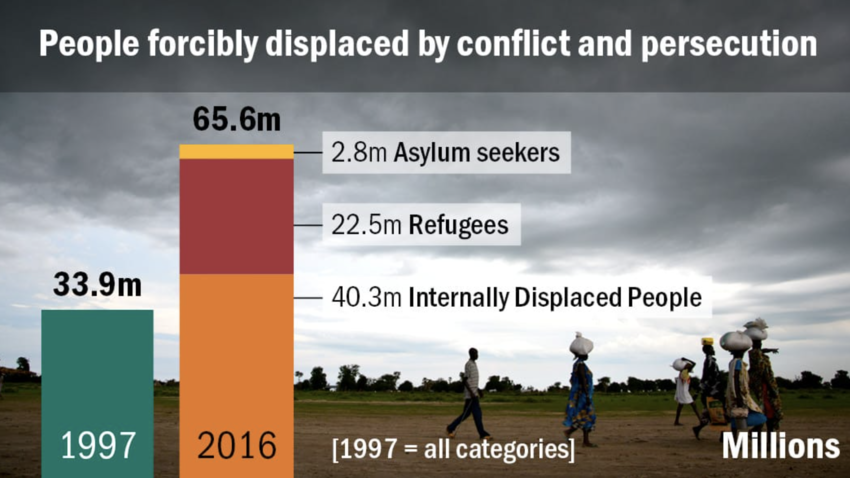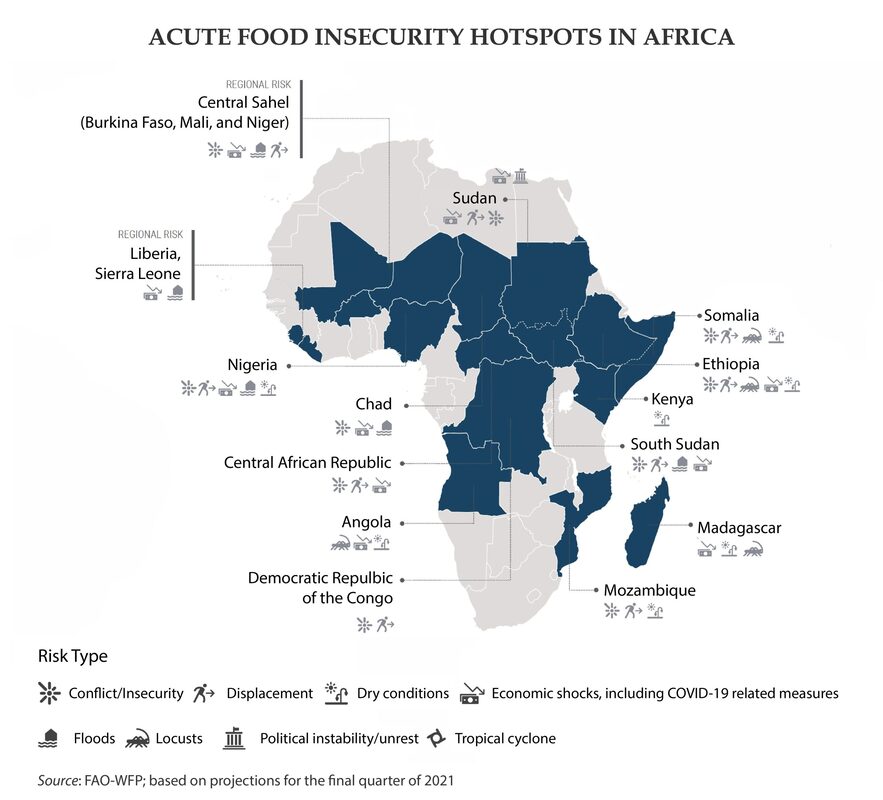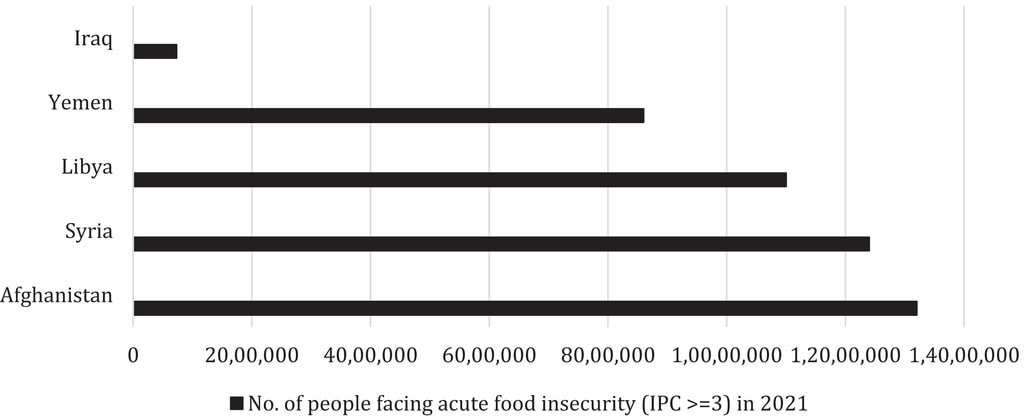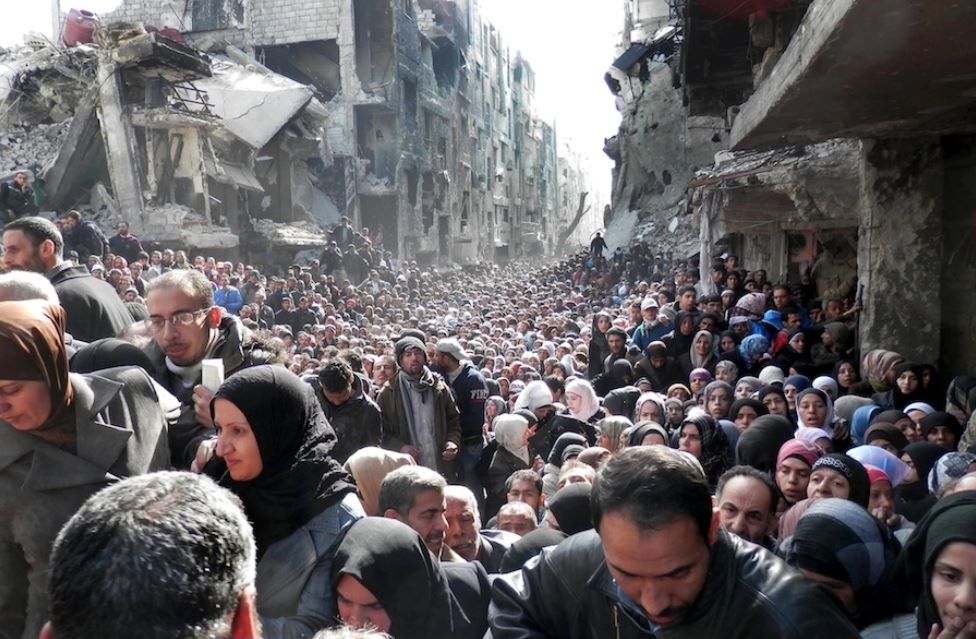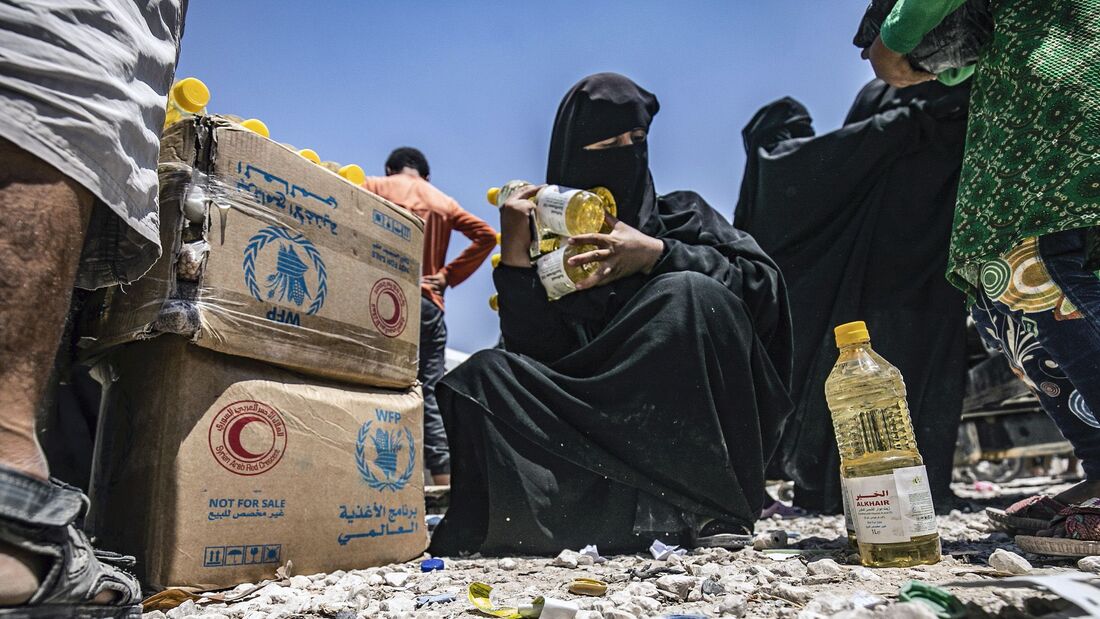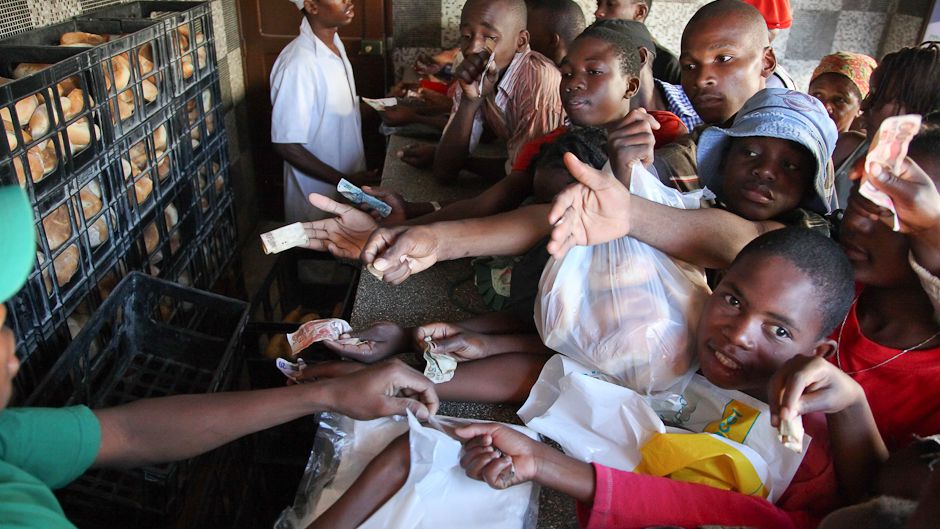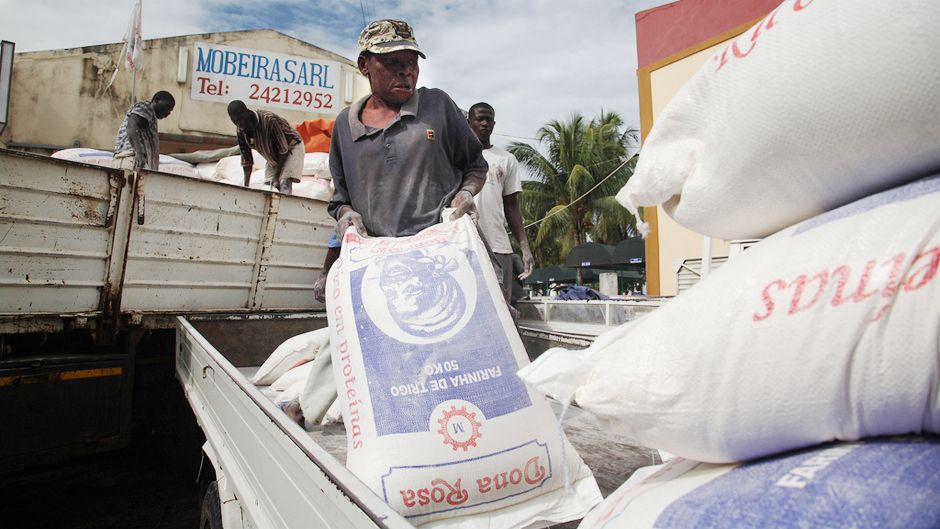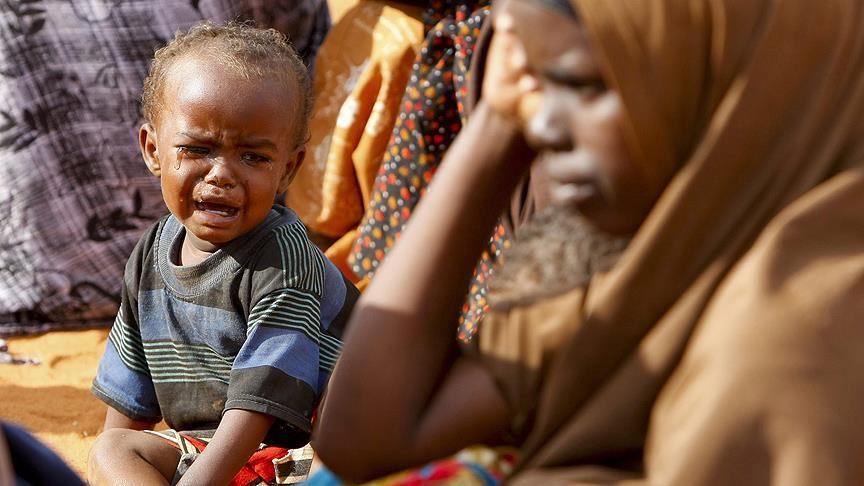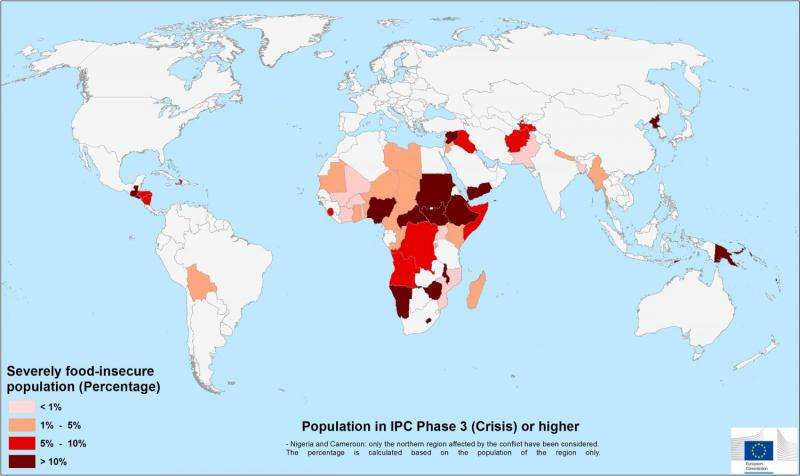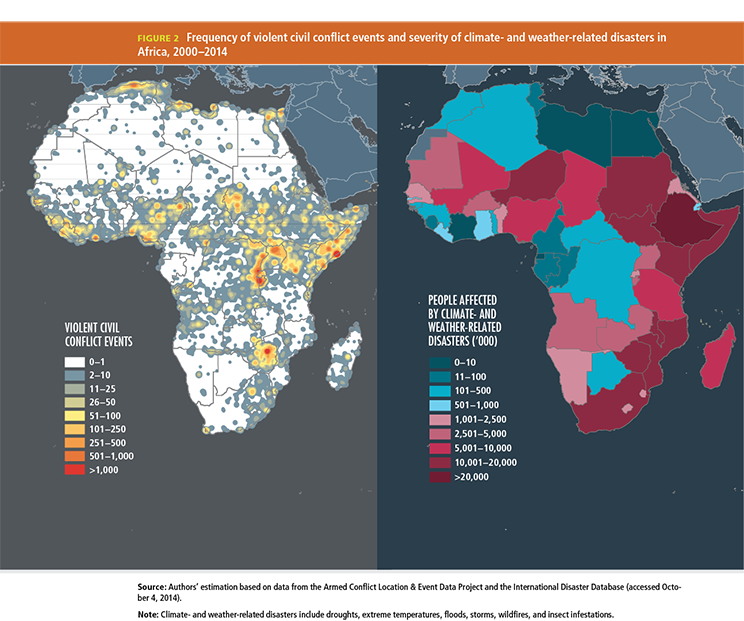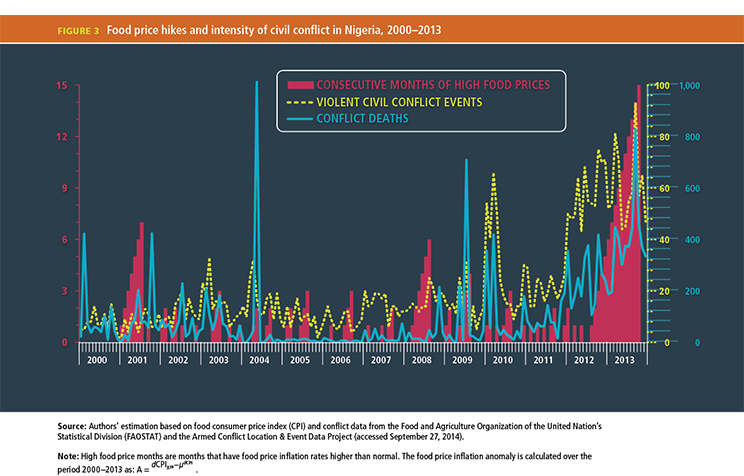10.05.2022
The Impact of Conflict On Food Insecurity
Lack of food has been the source of many past and recent conflicts. Food insecurity has clearly been a factor behind outbreaks of social unrest or worse, yet conflict also has induced notable instances of food insecurity. Conflict often involves competition over control of the factors of food production, primarily land and water. Having more people to feed, more pressure on land and water, more variable climates, and greater price volatility tends to increase stress; it also raises the risk of civil unrest or worse conflict. As the war continues to rage in Ukraine, impacts of rising food prices and shortages of staple crops are already being felt in the Near East and North Africa region and spreading to the world’s most vulnerable countries, including in the Horn of Africa, with poorest people at greatest risk, warned the UN’s International Fund for Agricultural Development (IFAD) today. This comes amidst mounting concerns by the international community that the ongoing conflict will escalate global hunger and poverty. A quarter of global wheat exports come from Russia and Ukraine. Forty percent of wheat and corn from Ukraine go to the Middle East and Africa, which are already grappling with hunger issues, and where further food shortages or price increases risk pushing millions more people into poverty. Russia is also the world’s largest fertilizer producer. Even before the conflict, spikes in fertilizer prices last year contributed to a rise in food prices by about 30 percent. Credit: NOW THIS
Poverty deprives people of adequate education, health care and of life's most basic necessities- safe living conditions (including clean air and clean drinking water) and an adequate food supply. The developed (industrialized) countries today account for roughly 20 percent of the world's population but control about 80 percent of the world's wealth.
Poverty and pollution seem to operate in a vicious cycle that, so far, has been hard to break. Even in the developed nations, the gap between the rich and the poor is evident in their respective social and environmental conditions.
Poverty and pollution seem to operate in a vicious cycle that, so far, has been hard to break. Even in the developed nations, the gap between the rich and the poor is evident in their respective social and environmental conditions.





